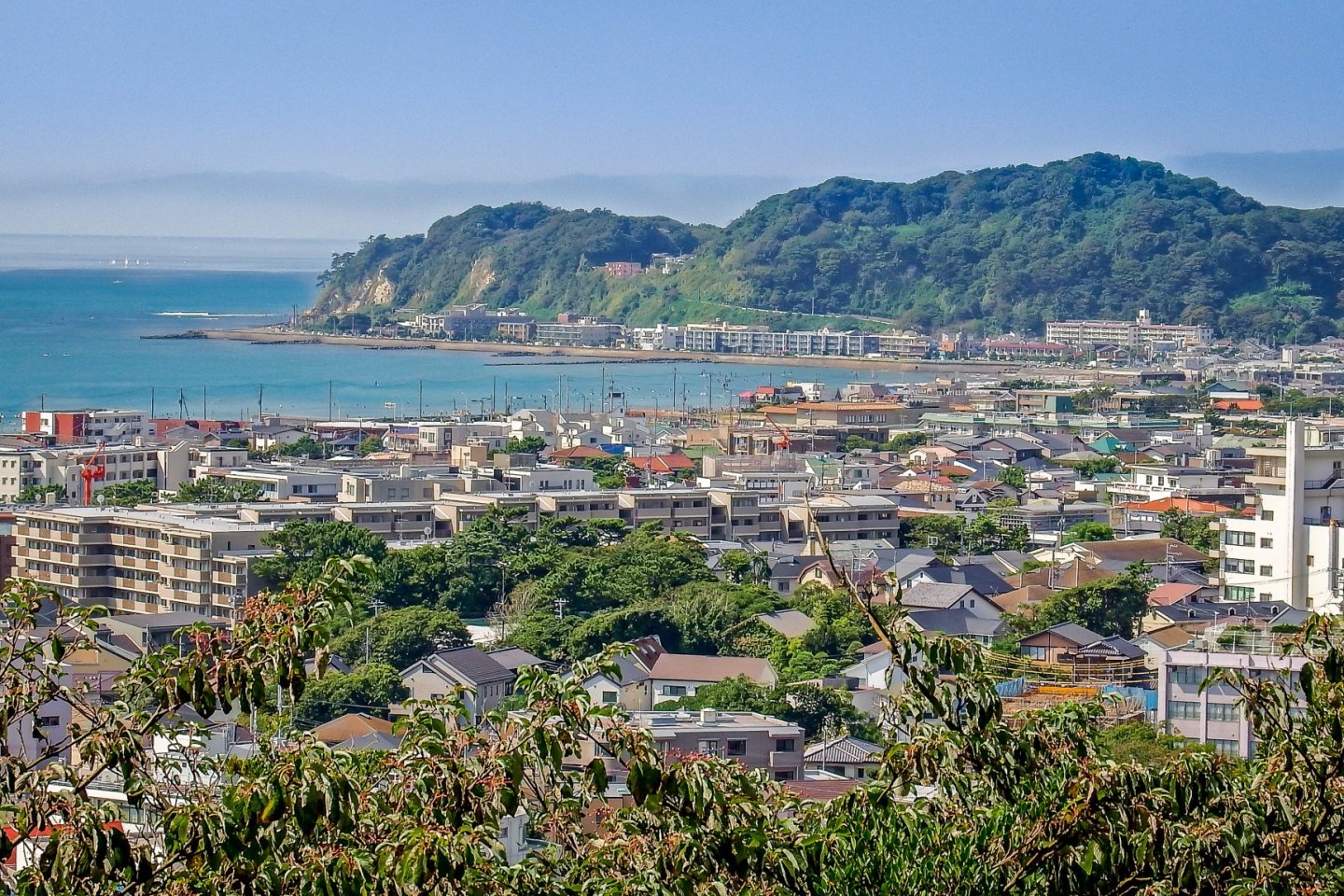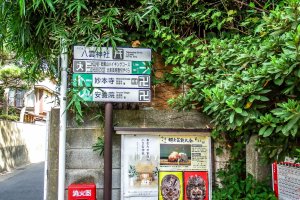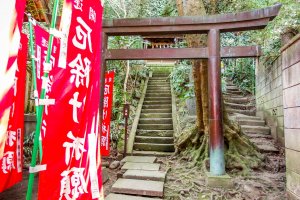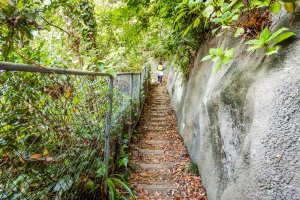Just when I thought Kamakura couldn't offer any more surprises after experiencing the exciting Daibutsu and Tenen hiking courses along comes another great option known as the Gionyama Hiking Trail. Situated within Kamakura’s eastern hills, this course is the shortest of the three, taking a mere 30 minutes to complete. However, as the expression goes - 'Good things come in small packages'!
The course
With the trailhead located inside the picturesque Yagumo Shrine, this course traverses up a hill and runs parallel to a quiet residential area, passing by the impressive Myohonji Temple before ending at the site of where Toshiji Temple once stood. A key feature of this course can be found in its rich cultural heritage where you`ll be able to experience over 100 years of history by witnessing the rise of the Kamakura Era at both Yagumo Shrine and Myohonji Temple along with its sudden demise at the site of Toshiji Temple, at the end of the hike.
Access
Despite being within walking distance of Kamakura Station, it can be a little tricky finding the trailhead which starts from the back of Yagumo Shrine. The best advice would be to ask for directions at the friendly Kamakura Tourist Information Center, located to the right of the main ticket gate. Assuming you don’t take any wrong turns it should be about a 15-minute walk.
The hike
When approaching Yagumo Shrine, some very helpful signs will help you navigate your way through the maze of side streets up to this shrine's main entrance that otherwise would be easy to miss. From outside the entrance, you will see a large 'torii' (gate), with a pathway leading into the main courtyard decorated on either side by many bright red banners. As you enter the main courtyard, two large dragons will look down on you. Despite its small size, this shrine is one of Kamakura's most important cultural sites. Built in 1082 by Yoshimitsu Minamoto, this spot marks the foundation of the Kamakura Period during the 12th century.
To Myohoji Temple
To find the trailhead for this hike, head towards the back of the main shrine and look towards the right where you should see two staircases, one with a large 'torii', whilst to the right of this is a much smaller staircase which appears to lead into a dead end. Appearances can be deceptive, however, as this is the start of the Gionyama Hiking course!
Ascending along a narrow path, it's about a ten-minute walk up to a small clearing where you will be able to experience some impressive views of Yagahama Bay and (weather permitting) Mount Fuji. From this point, you should now head back into the forest and follow the signs for 'Harikiri Yagura' (張り切り矢倉).
After several minutes, a small junction will appear with a series of signs. On one of these signs is some handwriting scribbled in black ink pointing down to Myohonji Temple (妙本寺), located at the foot of these hills. If not for these directions it would be very easy to miss. If you decide to visit this temple be sure to take care as this path can be very slippery; something I found out the hard way! To re-join the hiking trail, simply return back via the same route.
The final leg
The final part of this course will pass through some dense forest where a small cave and mini-shrine will suddenly appear on your left. A few minutes later, the trail will descend down a staircase with a residential area now visible in the distance.
At the bottom of this staircase are several signs, one pointing to the remains of Toshiji Temple whilst the other one is pointing to 'Harikiri Yagura' (a small cave), located a couple of meters away. This cave marks the remains of the Hojo Clan and over 870 Samurai who are said to have committed ritual suicide at this spot.
Although this site may appear unspectacular, it is very significant historically as this marks the end of the Kamakura era (1185-1333), after the Hojo clan where violently wiped out by Nitta Yoshisada’s invasion force.
A small plague marks this point, commemorating the dead. Although it is possible to walk up to the entrance to this cave, a sign in Japanese asks you to refrain from entering this cave. Naturally, this is your own choice but there are two good reasons for following this advice. The first is out of respect. Secondly; whether you are superstitious or not, disturbing the spirits of 870 Samurai is never a good thing to do!
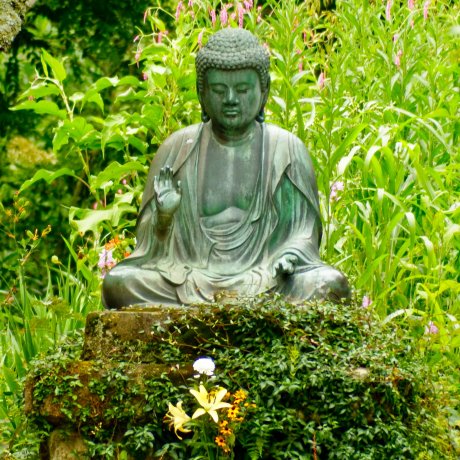
Hidden Kamakura 1
Situated along Kamakura’s western hills, the Daibutsu Hiking Course offers a more leisurely way to explore this great city, es..

Hidden Kamakura 2
Experience a longer and more challenging hiking course located in Kamakura`s rugged northern hills

Hidden Kamakura 4
For anyone who has done all three of Kamakura’s famous hikes then fear not because this amazing city has yet another interesti..
